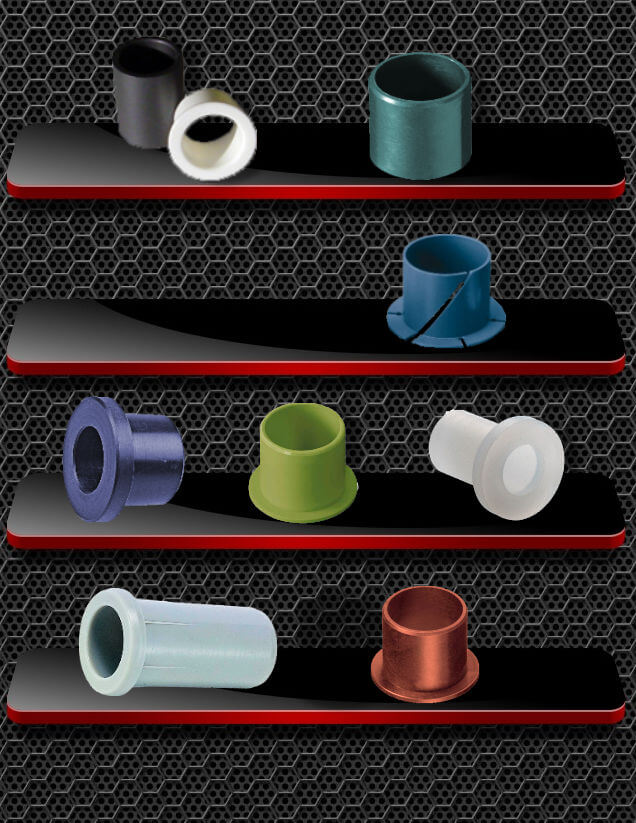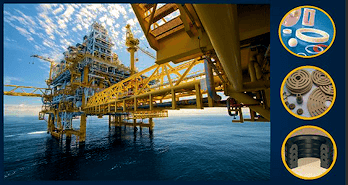Polymer Bushing Mechanisms of Wear
Bushings have two mechanisms of wear: adhesion and abrasive. Adhesion, as discussed in a previous post, occurs when two surfaces come into direct contact and the atoms from one surface adhere to the other surface. Abrasion occurs when a harder surface contacts a softer surface and removes material from the softer surface. For polymer bushings, the primary mode of wear is adhesion. The key to understanding wear by adhesion is a proper understanding of how polymers respond to friction.
Here are some other articles relating to polymer bushings and bearings from Advanced EMC Technologies:






 some may be too embarrassed to ask. In this post, we are going to track down the difference.
some may be too embarrassed to ask. In this post, we are going to track down the difference.


